VICTOR MOSCOSO
|
Psychedelic art was defined by vibrant almost garish colors, immersive dimensional or drawn environments, collage-influenced compositions, heavily layered personal symbology, and drawing as both problem-solving and in itself. 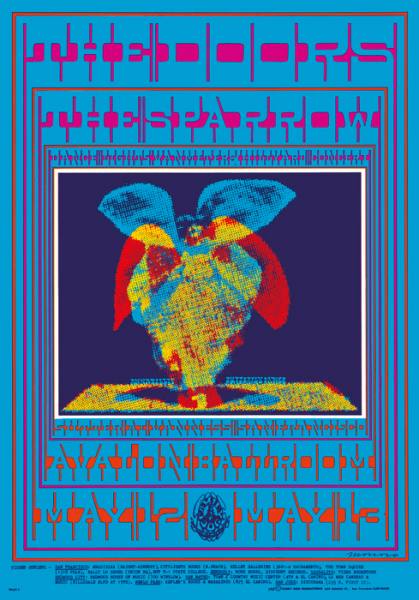 Victor Moscoso was born in Vilaboa, a small town in A Coruña, Spain, in 1936, the year of General Franco’s coup d’état and the ensuing civil war. At the age of four, his family went into exile in the United States and settled in Brooklyn. The young Moscoso trained as a designer at the Industrial Art Institute in Manhattan, Cooper Union, and the Yale School of Art.  Moscoso moved to the West coast in 1959. By 1965, the psychedelic movement was beginning to stir in San Francisco and Victor Moscoso got an intuitive understanding that something historical was about to happen. Haight-Ashbury eventually became known as the center for hippies, acid, and acid rock music, it was also the center of many artistic efforts, including painting, poetry, performance art, comics, posters, and literature of all kinds.   It was nearing the end of 1966 when he decided to work exclusively on psychedelic rock poster designs. The next eight months —which culminated in the Summer of Love— saw him work at a hectic rhythm; he would create two or three posters each week for venues like the Avalon Ballroom or the Matrix. This series of posters became the image of the most acid version of the counterculture movement. 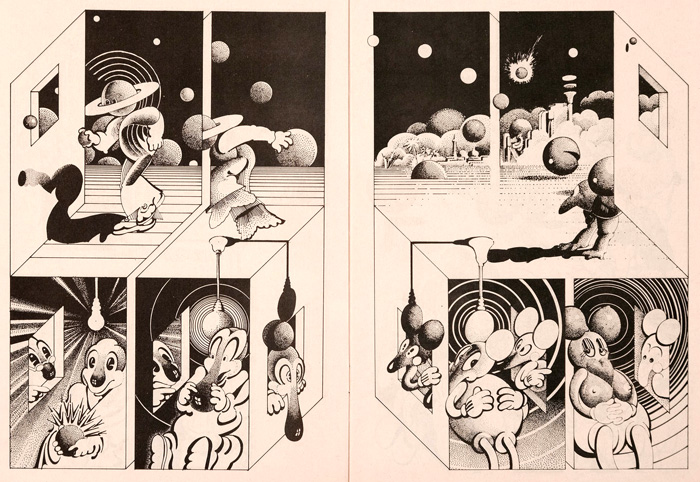 A year later, Moscoso left the scene to dedicate his time, almost exclusively, to underground comix, where he also walked untrodden paths. Together with artists like Robert Crumb, S. Clay Wilson, or Rick Griffin they formed the Zap comics collective. Zap Comix became a bastion of the freedom of the press in the U.S. and the most lasting and successful project out of the many to come out of the West coast’s buoyant underground scene. 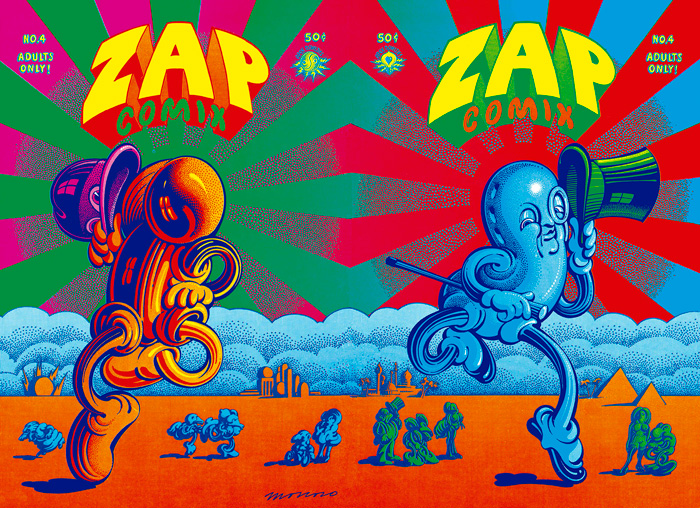  Fundación Luis Seoane is currently showing Moscoso the biggest retrospective exhibition so far. 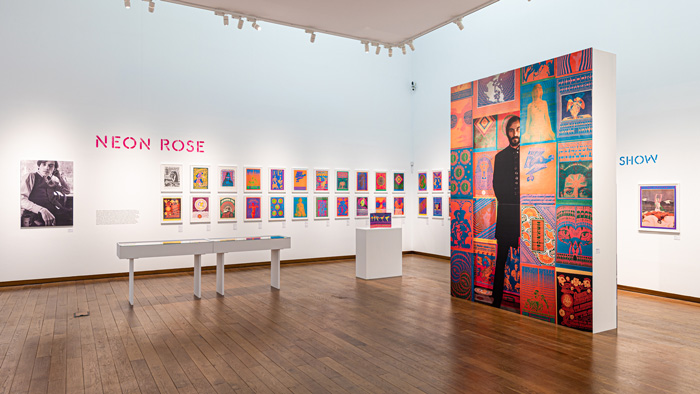  Curated by David Carballal, this show brings together the renowned series of psychedelic rock posters that Moscoso created over eight months in 1966 and 1967, and fourteen issues of the underground magazine Zap Comix, which was published over forty years and featured artists such as Robert Crumb or Rick Griffin. It also includes an additional selection of posters, album covers, comics, illustrations for books and magazines, animations and biographical photographs which complete a journey marked by iconic pictures of the second half of the 20th century. 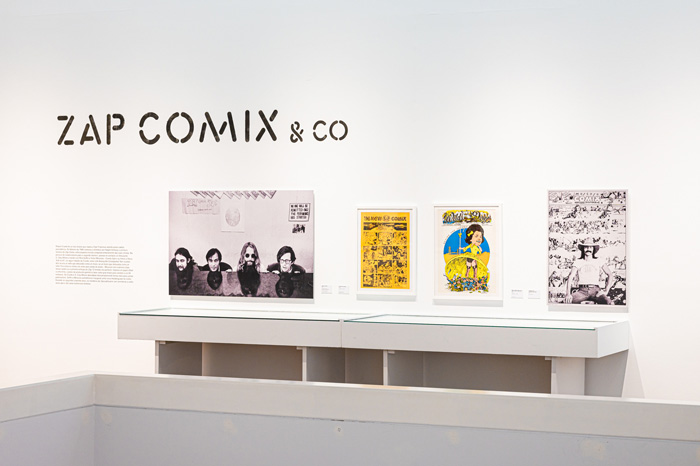  The Luis Seoane Foundation was established in 1996 by the A Coruña City Council, Spain. The LSF aims to preserve, promote, research, and popularize artist Luis Seoane’s work thought, design, social, political, and biographical aspects; from a theoretical, creative, social, and cultural standpoint.  The Luis Seoane Foundation has an extensive didactic program and an art education congresses designed in collaboration with the University of A Coruña. The Foundation supports young creators through a program of research grants.  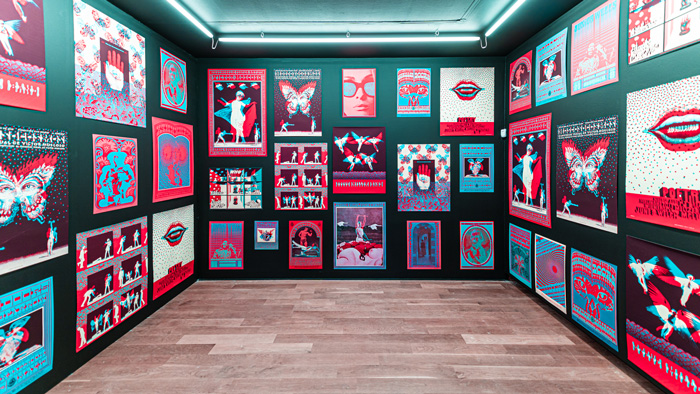 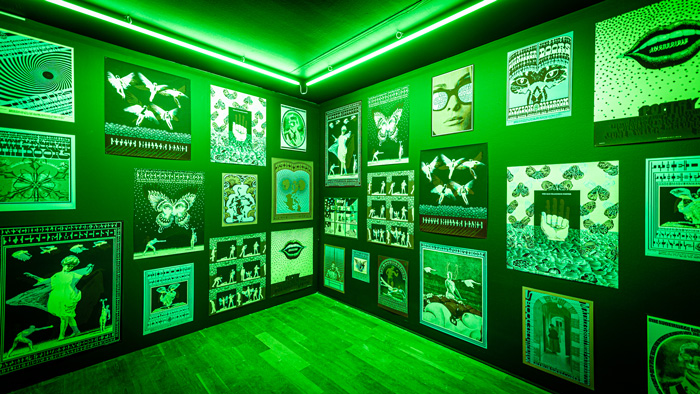  Moscoso Cosmos Related posts: |